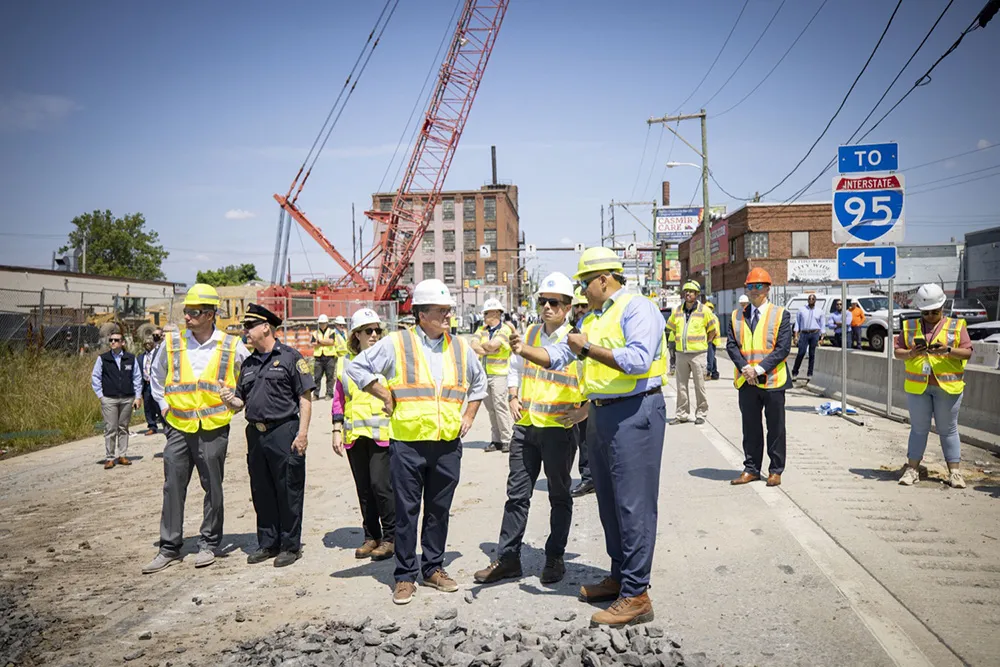Transport for Greater Manchester (TfGM) and Swarco Traffic are working together on a scheme funded by the Department for Transport under the Local Sustainable Transport Fund (LSTF) to provide enhanced driver information on roads around Greater Manchester.
The scheme is part of the wider LSTF initiative being undertaken by TfGM to enhance network management and provide accurate real time traveller information to the public through a wide variety of media.
Full colour matrix variable message signs (VM
April 15, 2014
Read time: 2 mins
The scheme is part of the wider LSTF initiative being undertaken by TfGM to enhance network management and provide accurate real time traveller information to the public through a wide variety of media.
Full colour matrix variable message signs (VMS) are to be installed at around 40 key sites. The signs will primarily be used to display journey time, traffic incident information, alternative routing, and network congestion information using either text or graphics (or a mixture of both) to maximise the impact of the message. The signs will be networked back to TfGM’s UTMC system, enabling messages to be set either automatically by timetable and strategy plan, or manually by the traffic centre operators.
Swarco will deploy their latest generation full colour sign which uses a patented lens system to maximise colour contrast, legibility, and uniformity, whilst minimising power consumption, and providing optimal performance in all operating conditions.
According to Swarco, the flexibility of this technology can accommodate a variety of other applications in the future, such as providing parking guidance and displaying full colour images to promote events and provide tourist information.









